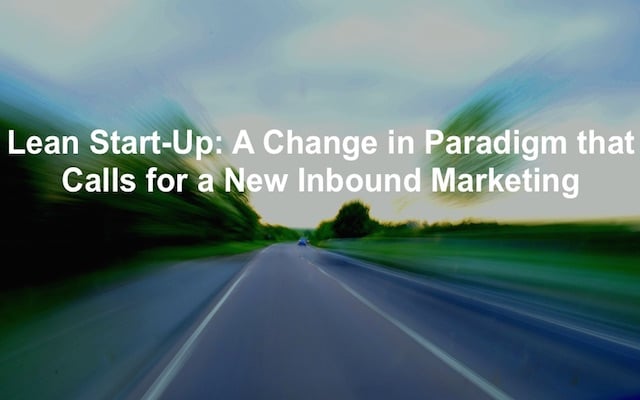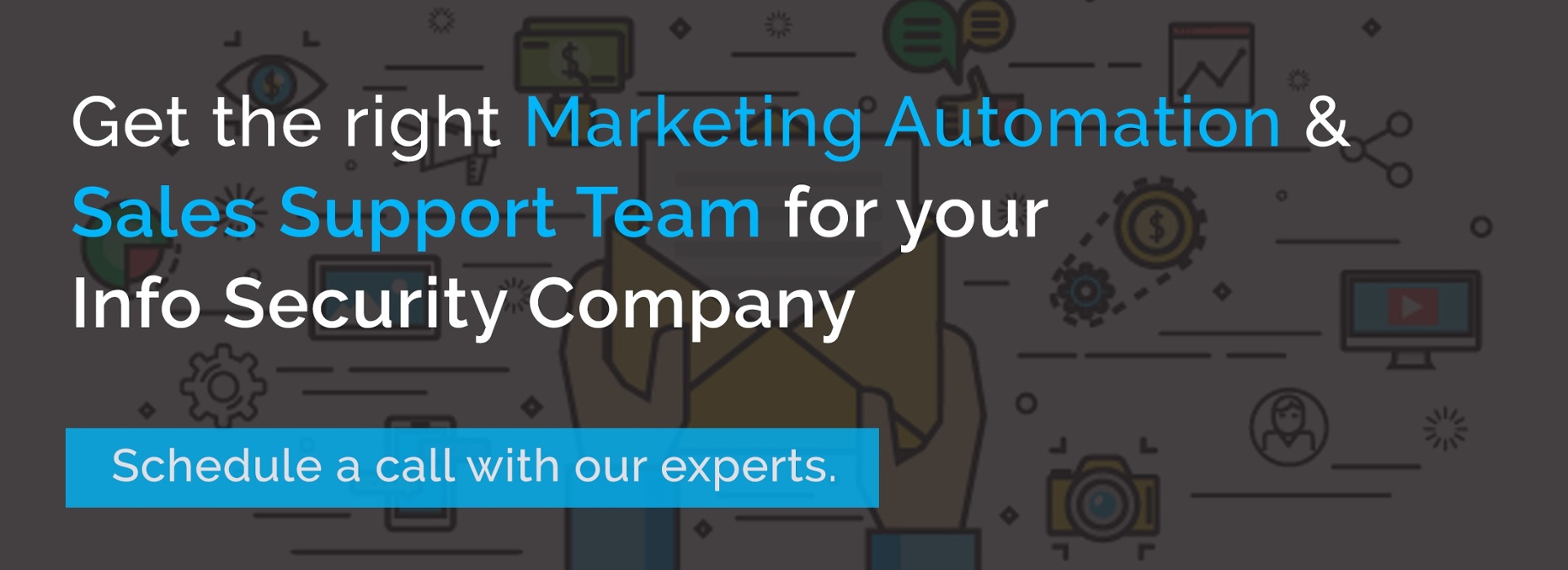
This article outlines, how the lean startup approach can help redefining inbound marketing. Away from a website oriented waterfall-model to an iterative and effective process that includes and impacts the whole company value chain.
The lean startup approach to business is attractive not only to small businesses, but large businesses as well. Rapid reponse on the market through real-time analytics and marketing automation and dynamically evolving business models are major pillars of this modern approach to business efficiency. The main goal of a lean startup is to create fast-growing companies that provide new solutions.
Why the Lean Startup Changes Everything
Stanford University Associate Professor Steve Blank wrote a compelling article called "Why the Lean Start-Up Changes Everything" that explains the lean start-up process in detail. Part of what brought the lean startup approach into focus was how open source software dramatically cut software costs from millions to thousands of dollars.
Paradigm Change
A paradigm shift away from long term planning towards a more experimental approach has been a major effect from the industry analysis of the lean startup concept. Even large corporations such as GE, Qualcomm and Intuit have begun implementing elements of the lean startup approach. By putting an intense focus on market research to learn about customer perceptions, it's possible for companies to make rapid adjustments to their products.
Bland says that in the 21st century "we have the first set of tools for searching for new business models as we launch startup ventures." These tools also can benefit existing companies that need responses to market disruption. By using the lean startup approach, a business is more prepared to deal with the pressure of rapid changes smoothly.
Key Building Blocks
An entrepreneur can break away from a traditional business framework by sketching out a hypothesis on a business model canvas that contains the following key building blocks:
- Key Partners - a list of associates, suppliers and resources that can be helpful to the growth of a startup
- Key Activities - a list of activities that value propositions require
- Key Resources - a list of resources that affect distribution, customer relations and revenue streams
- Value Propositions - an explanation of the value provided to the customer
- Customer Relationships - a description of how to gain, keep and grow customers
- Channels - a list of the best ways to reach customers
- Customer Segments - descriptions of target customers
Traditional vs Lean Startup
Lean startups, unlike traditional startups, do not begin with a business plan. Instead, they search for a business model and then refine the focus after a period of experimentation. The lean startup begins with a hypothesis that is tested, often on an incremental basis as the product evolves. While a traditional company might worry about failure, the lean startup expects a certain amount of failure, which goes along with the experimental process. A lean startup is achieving its goal if it releases new products at a rapid pace.
Inbound Marketing
What could be the role of Inbound marketing in all this?
The biggest difference between traditional marketing and the lean startup approach is that the traditional method usually involves buying an audience. Cold calling and television advertising are examples of traditional outbound marketing.
In contrast to that, the inbound marketing approach usually relies on website or social media content to attract traffic that brings in new leads from search engines.
By studying the most recent analytics, a company can evaluate customer acquisition costs, lifetime customer value and churn rate. Assessing the viral potential of the site's content is essential for the lean startup to run a successful inbound marketing campaign.
Inbound marketing cuts costs and gives businesses more variety in the way they communicate with their customers. Such variety in traditional outbound marketing can be too expensive for a small business. Creating newsletters, white papers, eBooks and surveys can be done at comparably low cost (given the experts and the knowledge is there), while creating high value for customers by giving away valuable information for free. Connecting with a target market through online sharing of product information has proven to be effective marketing in the new century.
The reason inbound marketing works is that it creates easy ways to be found online. Using keywords, search engines and directories, an inbound marketer can direct traffic to landing pages with the information consumers are looking for. In a second step it allows for analytics to react on the prospects' requirements and to "nuture them", until they are sales-ready and eventually become a customer.
The inbound-platform operator Hubspot says that inbound marketing is effective for small businesses dealing in high ticket items (products or services that have a high value and cost) and knowledge-based products.
But looking at the Building Block of the corporate business model, which we need to challenge when following Steve Blank's line of thinking, the current understanding of inbound is not sufficient. It is missing a huge potential and a big part of the coporate added-value chain, which it technically would be able to reach.
Let us now see how we can "open up" inbound marketing.
Based on Steve Blank's publication, we should re-define and re-focus inbound marketing as:
- have close communication with prospects, leads and customers (workflows)
- provide just-in-time analytics from the market
- be agile bi-directional and highly automated
- create highly scalable interfaces between all sectors of the company and the market.
Conclusion
Inbound marketing covers a wide range of engagement through channels such as blogs, podcasts and videos on the web.
SEO has become a dominant concern of inbound marketers, since it helps drive leads through the sales funnel.
The lean startup concept combined with Hubspot can resolve much of the mysteries surrounding low cost marketing.
A new focus needs to be placed on the agile bi-directionality. The loops of attracting, analyzing and reacting on customers should no longer be limited to the pure marketing and sales process. It needs to be extended and go all the way through to product management and product development to include, all 7 key building blocks of the new paradigm, starting as hypothesis and then challenge and optimize:
(1) Key Partners, (2) Key Activities, (3) Key Resources, (4) Value Propositions, (5) Customer Relationships,
(6) Channels, and (7) Customer Segments
Through inbound marketing, there is already an ongoing exchange between companies and their prospects and customers.
It now can embrace pretty much the whole company. The "learning business model" leads to a "learning organization", triggered by a scalable inbound-infrastructure, communicating / mediating / analyzing / aggregating exchange between company and customers.
But watch out: it will challenge legacy, question traditions, threaten misconceptions and take even the best-hidden employee out of his comfort zone.
Are you ready?
 Further Readings
Further Readings
-
Investment Readiness Level Guide: How to Boost Your Startup’s Attractiveness to Venture Capital Investors using the Business Model Canvas (2017), by Martin Luenendonk
Cover-photo: "Speed"courtesy of snapp3r, Flickr (CC BY-ND 2.0)